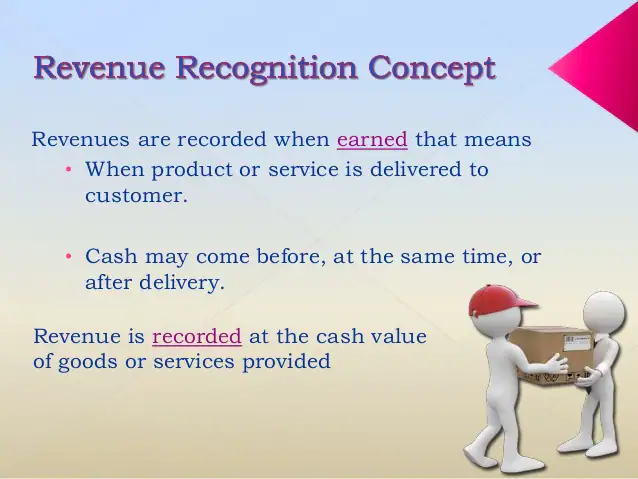
In traditional situations and still in some family Receipt Definitiones today, the salesperson would then show the customer the summary, the invoice, for their agreement; but many shops today bypass this stage. The practice of presenting an invoice is most common in restaurants where a “bill” is presented after a meal. Receipts are one of the basic units of corporate accounting. Receipts are particularly important for businesses and individuals who pay cash for items that they then wish to include in their tax returns. It allows them to keep track of any cash purchases they may be able to claim . In some countries, it is obligatory for a business to provide a receipt to a customer confirming the details of a transaction. In most cases, the recipient of money provides the receipt, but in some cases, the receipt is generated by the payer, as in the case of goods being returned for a refund.
What does in receipt mean?
formal. : to have received. I am in receipt of your instructions.
Although https://personal-accounting.org/s and receipts are sent by the same entity, i.e., the seller, their meanings are quite different. A receipt may be automatically generated by the seller . Or, under more informal or low-volume circumstances, a receipt may be produced manually by the seller.
What is a Receipt ?
Wancy, “They’re waiting for us down at Friends, we’ve got to leave now. Guy’s, Guy’s, is anyone listening to me? We have to go or they’ll all be drunk as shit when we get there… receipts…” Receipts can be tweets, texts, or any physical proof of something. Physical delivery mediums, such as the USPS Return Receipt service, ensure secure delivery because recipient verification is required prior to delivery. Harold Averkamp has worked as a university accounting instructor, accountant, and consultant for more than 25 years. He is the sole author of all the materials on AccountingCoach.com. Comments about specific definitions should be sent to the authors of the linked Source publication.
- The practice of retaining receipts for tax purposes is thought to originate from ancient Egypt.
- Organizing receipts and similar financial documents is a multimillion-dollar industry in the United States.
- The practice of presenting an invoice is most common in restaurants where a “bill” is presented after a meal.
- They have to submit receipts to support all expenditure.
Payment in cash is regarded as payment of the amount tendered, but payment by store account is not. After processing the payment, the salesperson would then generate in one document an invoice and receipt. If payment was made by a payment card, a payment record would normally also be generated. Common examples of receipts include packing slips, cash register tape, invoices, credit card statements, petty cash slips, and invoices. Although the format for these forms may vary, they all serve the same purpose of documenting the time and value of a business transaction. Receipts are issued in many different scenarios to have a written record of what has happened.
Receipts
Primarily used in informal situations of interpersonal disputes and drama among friends, family, and other people known from informal situations. A statement, action, or both that is so goddamn disbelievable that you need to see physical proof. Jose bragged that he had the “receipts” on Jesse and proceeded to gloat. Origin- Whitney Houston’s Diane Sawyer interview, where Whitney requests Diane provide reciepts for her allegation of over $100,000 Crack Cocaine purchases. To disbelive something so much that some kind of hard evidence is required. Stay on top of industry trends and new offers with our weekly newsletter.
- However, all credit card information is presented without warranty.
- David has helped thousands of clients improve their accounting and financial systems, create budgets, and minimize their taxes.
- The document may also include messages from the retailer, warranty or return details, special offers, advertisements, or coupons, but these are merely promotional and not part of the formal receipt.
- A receipt may be automatically generated by the seller .
Since 1997, the IRS has accepted scanned and digital receipts as valid records for tax purposes. Revenue Procedure states that digital receipts must be accurate, easily stored, preserved, retrieved, and reproduced. The business owner must be able to supply a copy to the IRS. The practice of retaining receipts for tax purposes is thought to originate from ancient Egypt. Farmers and merchants sought ways to document transactions to avoid tax exploitation. In more modern times, London banks used the printing presses of the industrial revolution to print receipts with their own brands. You know that slim, white piece of paper the grocery store clerk gives you that lists everything you bought, how much you paid, and the change you received?
